Clyde Naval Heritage has announced plans to develop a live, immersive wargaming experience aboard the former Royal Navy frigate HMS Ambuscade, which is set to return from Pakistan to the River Clyde, the charity stated.
In a recent update, founder David O’Neill invited partners to help refine the concept, which would see visitors take command of the Falklands-era warship in simulated naval battle scenarios enhanced by sound and light effects.
“Are role play games your thing? How would you and your mates enjoy playing a wargame onboard a real warship?” O’Neill wrote. He added that the attraction would allow players to “bring together a team of friends or colleagues, play in person and online, take command and lead your team into action.”
The gaming project forms part of a broader vision to turn HMS Ambuscade into a floating museum and interactive heritage site after her 6,000-mile journey from Karachi, where she served as PNS Tariq in the Pakistani Navy until 2023. Built by Yarrow Shipbuilders in Glasgow and launched in 1975, the Type 21 frigate saw action during the Falklands War before being sold to Pakistan in the early 1990s.
Clyde Naval Heritage, a registered Scottish charity, is leading efforts to bring the ship home as a centerpiece of a new heritage and tourism initiative celebrating the Clyde’s shipbuilding legacy. The group is partnering with The Tricolor Collective to develop the project, which aims to combine education, cultural regeneration, and business development.
O’Neill said the charity intends to make Ambuscade “more than a static exhibit,” creating a dynamic experience that links the region’s naval heritage to modern creative industries. The organisation is also planning a “Vision for the Clyde” event at West College Scotland later this month to showcase opportunities for local businesses, apprentices, and community partners to take part in the project.
Once returned to the Clyde and restored, HMS Ambuscade will sit alongside the Titan Crane in Clydebank, offering visitors a new way to engage with Scottish maritime history.


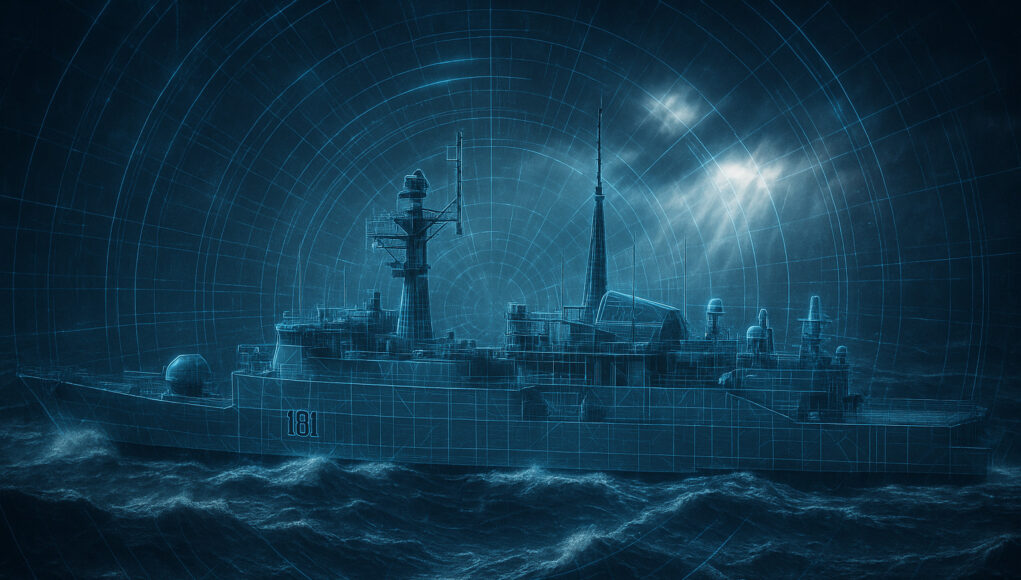
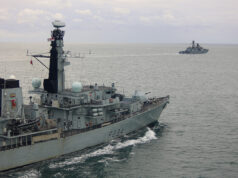

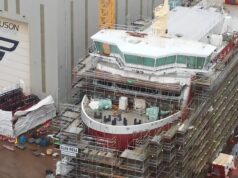
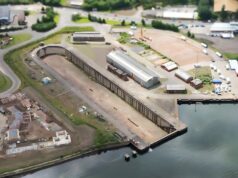
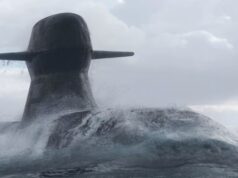
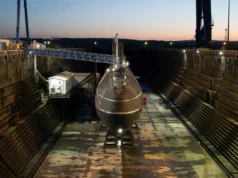

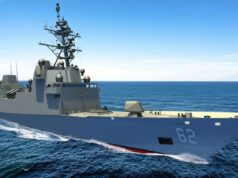
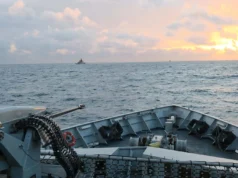


Has the potential to be a great idea.
I’m unsure why she is to be floated rather than housed in one of the disused dry docks?
It would seem to me that keeping her hill safe to float and surveying and re painting it periodically would be quite expensive for a small charity.
Whereas the safety requirements for a dry docked ship on blocks are rather easier to comply with?
I don’t think dry docking would take much away from the experience.
You could essentially pretty up the drydock- even put a suspended pond over the drydock so the ship looked like it was floating.. it would be far easier to maintain a suspended pond than a ship in water.
can you tell me where there is a suitable disused drydock in Clydebank, or indeed the Upper Clyde, that doesn’t have something else already planned for it?
Inchgreen? Govan Graving Docks? Scott Lithgo Dry Dock in Greenock? I’m sure they all have plans of some sort, but are they anything concrete? I think No 1 dock in Govan may have real plans to reopen as a repair/restoration yard, but there’s more than one abandoned dock on the site, and having restoration expertise mext door wouldn’t be a bad idea.
So, none of them are in Clydebank.
Inchgreen is an ongoing controversy/saga e.g. https://www.greenocktelegraph.co.uk/news/25471297.fury-secrecy-taxpayer-millions-pumped-private-scottish-port
Scott’s is apparently too short.
I can’t see the current owners of Govan Graving Docks (could Ambuscade even get up there?) going with it as it goes against there plans especially now that they have planning permission for their 300+ properties
https://govangravingdocks.com
This isn’t too warlike for the SNP is it?
Mm we will see how this goes ,a few years ago hms onyx ,also a falklands veteran was going to be preserved on the clyde.there was a suitable drydock available in greenock .this was where Scott’s at that time built”o boats” ,but it fell through .she ended up in a Roseneath breakers yard.
Thing is you need a lot of people passing through to maintain these things.
Modern H&S being what it is keeping with fire and electrical requirements is non trivial never mind hull and structure.
I wish them well but I’m struggling to see a business plan where it works. It is tempting to see a small ship like T21 as more viable than an aircraft carrier because of the lower upkeep – however, the maximum footfall is a lot lower.
I love visiting old ships, and this would be one to add to the list.
The suspended dry-dock concept works well with SS Great Britain.
Footfall never seems to be a problem for old vessels.
I really hope this happens. Go for it!